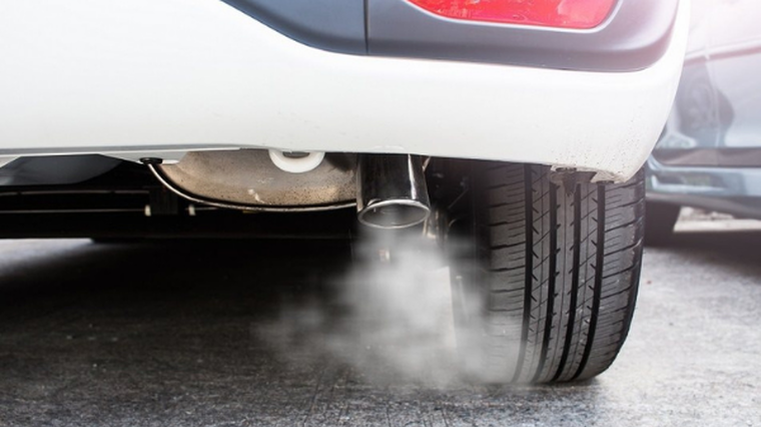Carbon cuts focus on cars

The emissions budgets unveiled on May 9 to reduce greenhouse gases from 2022-35 are targets the government must ensure are reached to ensure New Zealand becomes net-zero by 2050.
Policies to reach these targets will be revealed in the Emissions Reduction Plan (ERP) by James Shaw, Minister for Climate Change, on May 16.
This follows on from final advice issued by the Climate Change Commission – and there will be ramifications for the automotive industry in that document.
The government needs policies to ensure all light vehicles entering New Zealand by 2035 – or 2030 if possible – are low-emitters and to accelerate the uptake of electric vehicles (EVs).
There should also be policies to help local authorities encourage and enable more walking, cycling, and public and shared transport to displace car use, with distances travelled by private vehicles reducing by 20 per cent by 2035.
The commission’s report adds heavy transport and freight needs to be fully decarbonised by 2050.
To help achieve this, the government needs to work in partnership to develop a national low-emissions freight strategy covering road transport, shipping and aviation.
Emissions reductions in transport, energy and industry are expected to be a priority for the first emissions reduction period – from this year through to 2025.
The commission recommends cutting transport emissions by 13 per cent by 2030 and 41 per cent by 2035, and EVs will need to make up 30 per cent of the fleet by 2035.
The ERP will need to demonstrate how the government will work with industry to reduce barriers to switching away from fossil fuels and improving energy efficiency for process heat.
Boosting the ETS
The government will outline work to improve the operation of the emissions trading scheme (ETS), the flagship policy tool of climate action, in the ERP on May 16.
This includes reviewing industrial allocation, establishing effective market governance and developing levers to ensure the ETS drives the reduction of gross emissions.
It’s also important to identify policies to address barriers or market failures preventing emissions reductions that the ETS will not overcome.
And a plan will be required for the Climate Emergency Response Fund, which has $4.5 billion in proceeds from ETS.
Low-emissions energy
The ERP needs to include plans for a national energy strategy. The energy transition will require a co-ordinated approach to support low-emissions technologies, infrastructure, regional development and workforces, while ensuring our energy system is reliable and affordable.
This plan should include a commitment to bin coal for electricity generation, introduce a renewable energy target of at least 50 per cent of energy consumption, and boost investment in energy efficiency to help companies and ratepayers save money and lessen demands on the grid.
Also on the agenda
The ERP will cover treaty partnership and a Māori emissions profile, the role of forests and accelerating a bioeconomy, urban form and buildings, reducing biological emissions from agriculture, cutting waste and developing a circular economy, and an equitable transition.
The plan was originally to be released at the end of last year, but the government pushed through a law change to give itself more time.





